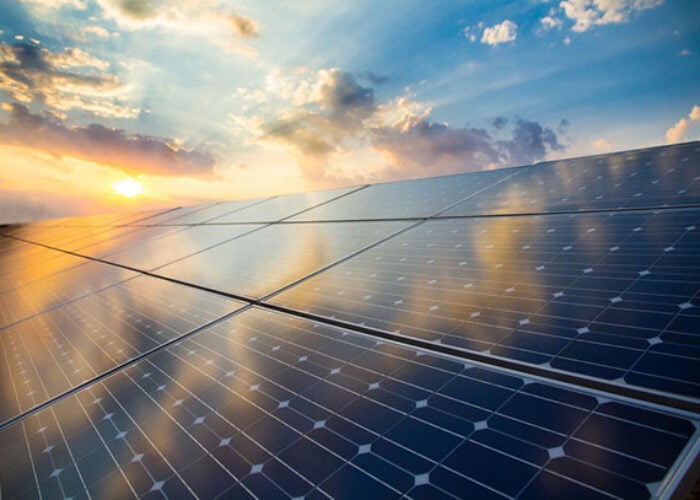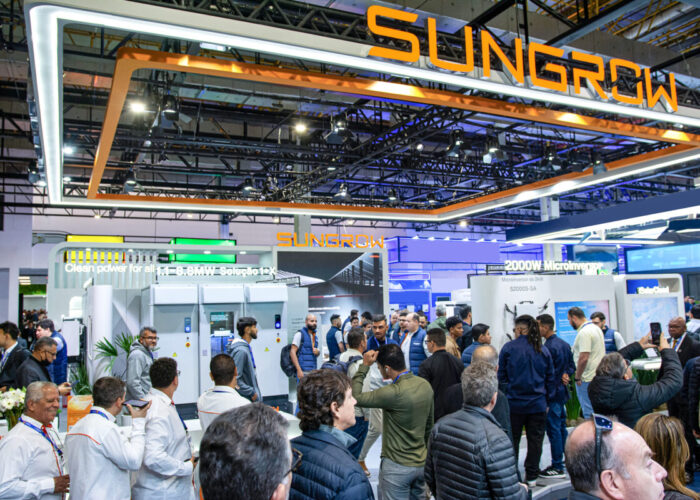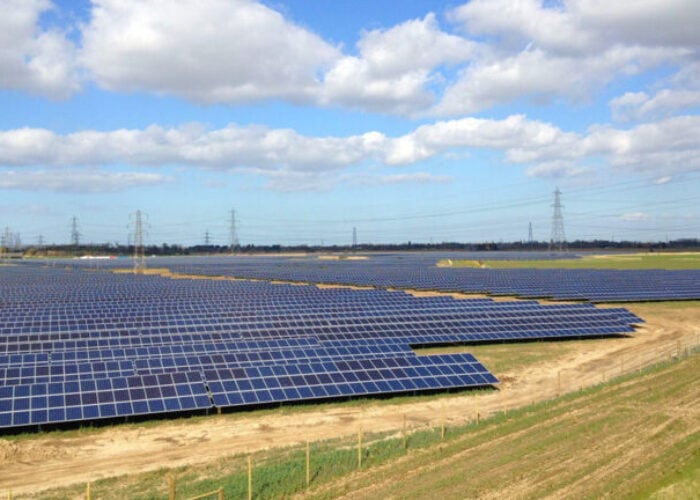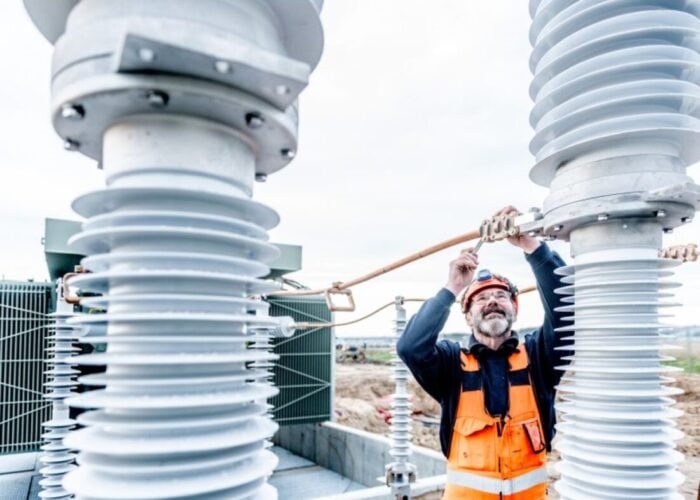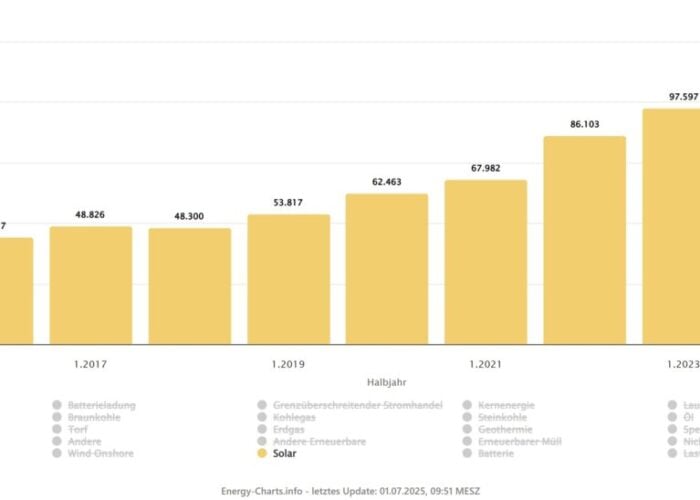
As the world races to decarbonise its energy systems, Europe faces mounting challenges in competing with global powerhouses like China and the US in PV manufacturing. To address these challenges, the European Technology and Innovation Platform for Photovoltaics (ETIP PV) has emerged as a key player in fostering collaboration, innovation and strategic policymaking among European countries.
“PV is a global technology,” Rutger Schlattmann, chair of ETIP PV and head of the Solar Energy division at Helmholtz Zentrum Berlin, tells PV Tech Premium. “The technology is developed worldwide, and some of the effort should be done across countries because these challenges are bigger than what individual countries – especially the smaller ones – can afford.”
Unlock unlimited access for 12 whole months of distinctive global analysis
Photovoltaics International is now included.
- Regular insight and analysis of the industry’s biggest developments
- In-depth interviews with the industry’s leading figures
- Unlimited digital access to the PV Tech Power journal catalogue
- Unlimited digital access to the Photovoltaics International journal catalogue
- Access to more than 1,000 technical papers
- Discounts on Solar Media’s portfolio of events, in-person and virtual
While countries like the US and China have the scale to run massive solar research programmes independently, Europe’s strength lies in cross-border collaboration. Programmes such as Horizon Europe, sponsored by the European Commission, have been instrumental in stimulating research and innovation across the continent.
ETIP PV now plays a pivotal role in this ecosystem by advising the European Commission on priority areas for funding and innovation.
“We used to publish white papers and research agendas, hoping the Commission would pick them up,” Schlattmann says. “Now, we’re in a co-programme partnership, where we collaboratively write the calls and prioritise themes ourselves, taking more responsibility together with the Commission.”
This shift allows Europe to focus its resources more strategically, aligning research initiatives across member states and fostering innovation that benefits the entire continent.
Rebuilding Europe’s manufacturing base
Historically, countries such as France, Germany and Italy have been leaders in solar PV manufacturing; however, the landscape is changing.
“The value chain has enlarged over time,” says Schlattmann.
There are now many applications such as PV for agriculture or integrated solar systems, but solar cell manufacturing and further upstream operations are likely to remain in larger countries due to their costs. Further downstream, module manufacturing is less capital-intensive and can be made to “market specific” models in smaller factories. Schlattmann says module manufacturing can be more spread across different countries, including Eastern European countries such as Hungary or Poland, which are already active.
Despite Europe’s innovation strengths, competing with China’s dominance in solar module production remains an uphill battle. Schlattmann highlights the need for a dual approach by stimulating innovation while protecting domestic markets. For example, the US and India pursue policies that combine investment support with protectionist measures to shield their local markets.
“That means that the levelised cost for PV-generated electricity is higher in those countries, but there’s more of a business opportunity for [manufacturing] companies to step in,” he adds.
Europe, by contrast, has been strong on innovation, but lacks similar market protections, making it difficult for private investors to compete with China’s below-cost pricing.
European innovation covers both academic and industrial settings as well as along the value chain from upstream to downstream processes. However, innovating competitively on PV cells can only happen at scale.
“If you don’t have the production lines, it’s very hard to keep up,” says Schlattmann. “Even the best research institution in Europe cannot keep up in efficiency levels with the Chinese competition. That’s why the world records go to China because for this particular part of the market, you do need very large numbers that you only get if you have production equipment running 24/7.”
The European Union’s Net Zero Industry Act offers a potential pathway to restoring balance. By allowing countries to use non-price criteria and support domestic production, the act could enable Europe to achieve its goal of producing 30% of its solar modules domestically “without grossly disrupting the market”, Schlattmann notes. The marginal cost for the end consumer would be negligible, “but the political will must be there”.
Cutting-edge technology and innovation
Europe remains at the forefront of solar innovation, particularly in tandem technologies and perovskite solar cells. Schlattmann highlights promising developments such as the first commercial tandem modules, which combine silicon with perovskites for higher efficiency, being produced close to Berlin in collaboration with Oxford PV. These next-generation modules can produce up to 20% more energy than a standard silicon panel.
“These tandems were pioneered in Europe and will come on the market [soon].”
Projects such as Horizon Europe’s PEPERONI initiative have also driven breakthroughs. Recently, Qcells’ European R&D centre in Thalheim, Germany, achieved a record-breaking 28.6% efficiency on an industrial-sized perovskite-silicon tandem cell. Schlattmann sees such innovations as evidence of Europe’s ability to compete with global leaders even while many Chinese companies work on tandem technology.
“There’s also a race going on for the single junction perovskite,” he adds. “Some small companies in Europe are actually trying to bring this to the market, also in China, but we’re keeping up with the Chinese in that field still.”
At its core, ETIP PV emphasises the importance of collaboration.
“The collaboration of lots of minds brings innovation,” Schlattmann says. “Our job is to provide fact-based comparisons on production costs and political measures between China and Europe, India and the US while identifying themes that benefit all European players.”
ETIP PV’s professional secretariat, supported by SolarPower Europe and WIP Renewable Energies, ensures that the platform runs efficiently. Meanwhile, its members, who are volunteers, bring expertise from industry and academia to shape Europe’s solar future.
A political question
Ultimately, Schlattmann believes Europe’s ability to reclaim its position in PV manufacturing hinges on political will. Two years ago, when global politics looked different following the outbreak of the Ukraine war, four European commissioners came to the SolarPower Europe premises to stress that solar production would be brought back to Europe. However, that support has dwindled over time.
Looking forward, if a geopolitical situation arises, such as a China-Taiwan conflict or a wave of protectionism is kicked off, then Europe could quickly pivot back toward domestic production.
“The capital would be there to invest in it, if the off-takers are [guaranteed], so it could change within a year,” Schlattmann says. “The know-how base is there to produce at cost in Europe, but not below cost, for which you need support like you see in China.”
Ultimately, with the right combination of innovation, investment and strategic policy, Europe has the potential to compete globally while securing its energy independence.

